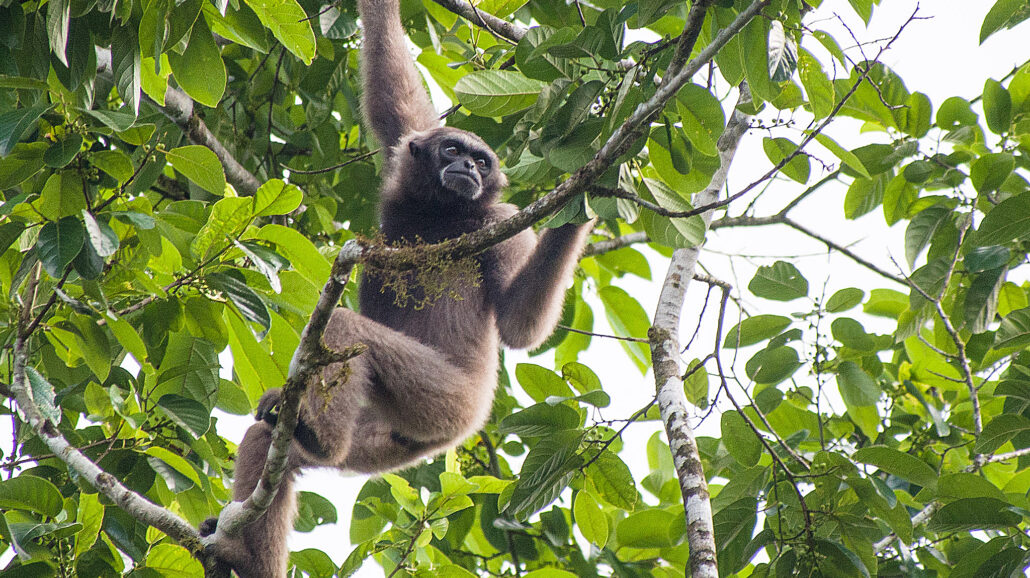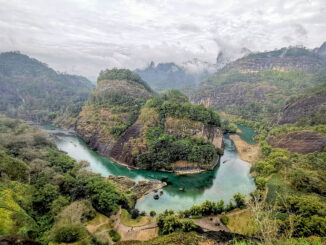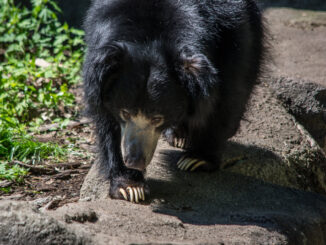
Large parks on land create biodiversity “spillover” effects similar to marine protected areas, new research shows.
Scientists and fisheries managers have long known that marine protected areas—zones where fishing is heavily restricted or banned—become so rich in biodiversity that they cause large increases in marine species to populate adjacent unprotected areas, as well, to the delight of fishing interests. Now, a new study out of Southeast Asia shows that large terrestrial parks and preserves with hunting restrictions in place cause the same thing to happen on land—big boosts to the numbers of animals found in neighboring unprotected zones.
As the study’s authors said in the journal Nature, aside from encouraging enhanced biodiversity within the protected zones “large reserves were also associated with substantially enhanced mammal diversity in the adjacent unprotected landscape.”
In an interview, Dr. Matthew Luskin, head of the University of Queensland’s Ecological Cascades Lab, said the effect is somewhat akin to how marine protected areas cause fish populations to increase in adjacent unprotected areas, but he cautioned that the analogy is not a perfect one.
“A related thing, for sure,” he said. “The effect of spillover is really only for mammals, not birds, and only for parks that were large, so a contingent effect of spillover for mammals in large parks.”
As Luskin explained, for marine protected areas biodiversity in adjacent areas expands as higher reproduction rates in the protected zones lead to maturing juvenile marine species migrating from protected to non-protected zones in a sort of linear fashion. With terrestrial protected areas, however, he and his colleagues find that mammal species move back and forth between both types of zones in a “synergetic effect.”
The new study reviewed data from thousands of camera traps and bird surveys within and beyond the boundaries of protected areas across Southeast Asia minus Myanmar. The study was spearheaded by the University of Queensland in Australia and involved the work of two dozen wildlife scientists.
Luskin said “one hypothesis” is that the spillover effect likely results when animal populations become too crowded in the protected zones. Facing additional competition for resources caused by density-dependent effects, a wide range of mammal species respond by migrating to habitats just outside protected areas.
“Another hypothesis is that all that huge area creates a variety of habitats, big abundances of many different species, and all the animals in the ecosystem core are just thriving in these much better scenarios,” he said.
Luskin expressed confidence in his team’s findings but added that further investigation is warranted.
©2025 Public Parks
Park Info
Location:
Southeast Asian parks and protected areas



